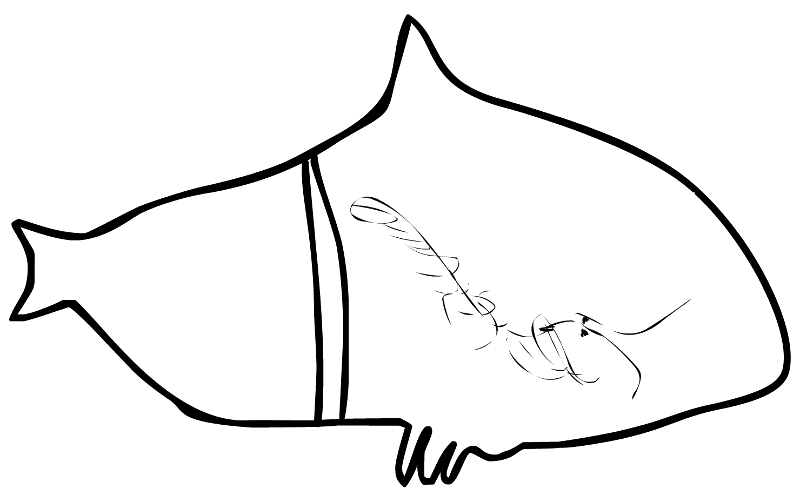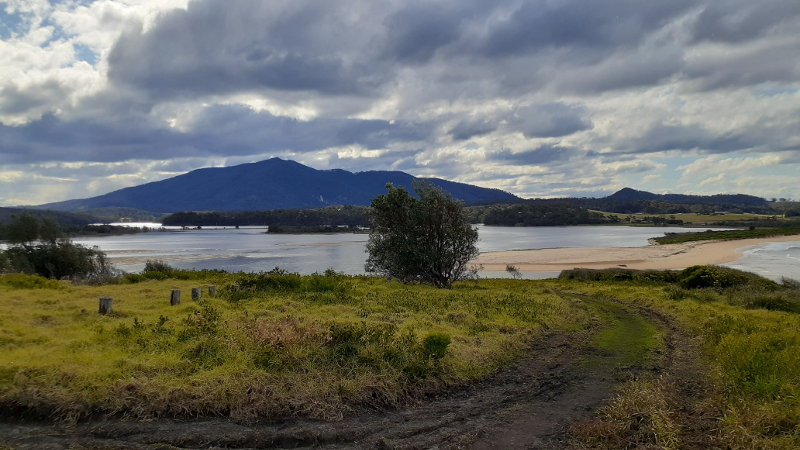
Max Dulumunmun Harrison:
Grandmother Moon, she comes up and shines down her light upon us. She pulls the tides of the sea. She has that much strength she can pull water up to the sky and hold it, until it's time to water her garden, Mother Earth.
(Yuin Elder Max Dulumunmun Harrison, 2009. My People's Dreaming: An Aboriginal Elder speaks on life, land, spirit and forgiveness. p.10)
Bruce Pascoe:
This is an old story. Older than everything. When the world was new, the lore was created, and the whale and the serpent looked out and saw the ocean.
I will look after the land because that is my home, but who will look after the ocean? said the serpent.
I will look after all the salt water, said the whale, because the fish and the turtles, the crabs and the weeds, the coral and the caves all need care.
But you will need to return to the land every now and then, said the serpent, to bring back your lore.
I will, said the whale. I will beach myself on the sand. I will come back to the land to regurgitate the lore so that the lore can be complete and the land and the sea can know each other.
And that's how it's always been: the whale patrols the oceans and the serpent slides across the land, creating rivers and mountains, lakes and plains.
The dedication of the whale in regurgitating the lore is visible in the deep south of the world, where her many lives can be seen in a long row of her bones - thousands of bones, thousands of skeletons - counting the aeons of the earth. Those aeons are remembered in the lore, and the lore is observed.
(Bunurong and Yuin man Bruce Pascoe, 2019. Whale and Serpent, in Salt: Selected Stories and Essays, p. 134)
Katherina Petrou:
Western science tells us whales came from the sea, evolved on land into a wolf-like creature, Pakicetus, before returning to the sea, first as amphibious Ambulocetus, and through time evolving into completely aquatic animals of the ocean, emerging as the whales we see today (Gingerich et al. 1983; Thewissen & Hussain 1993).
Lisa Roberts:
The photo shows Gulaga, the sacred mountain of the Yuin people of the southern coast of NSW. I made the drawing of a whale from seeing it engraved in sandstone south of Sydney. Inside the whale I drew an Antarctic krill [Euphausia superba] to show the ancient relationship between these creatures, and between Australia and Antarctica. I took the photo on Friday 21st August 2020. That evening there happened to be a new moon and high tide. I played the animated Ocean Dance on rocks in Mystery Bay, beneath Gulaga. Also Spirits Make Noise, a sister animation to Ocean Dance, made with young Barkindji artist Maddison Gibbs. Each animation combines new and ancient ways of expressing the cyclic annual journey of whales between Australia and Antarctica, between their warm northern water breeding grounds and icy southern feeding grounds.

